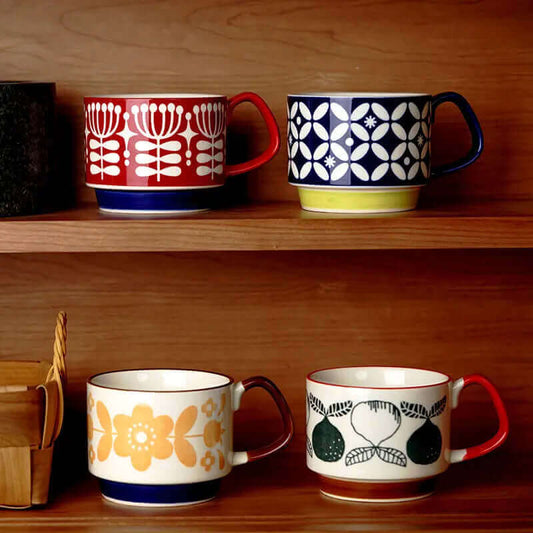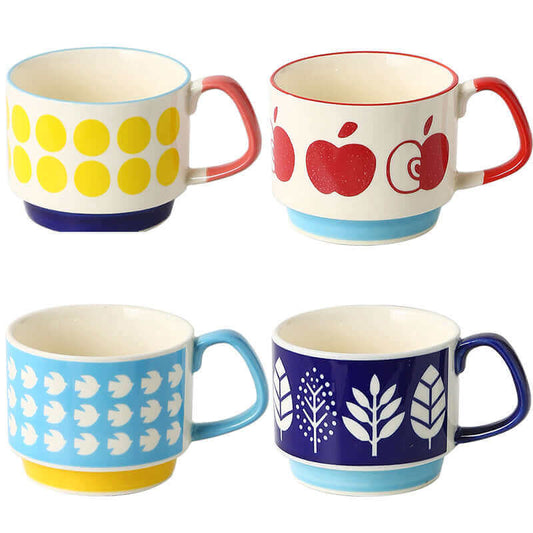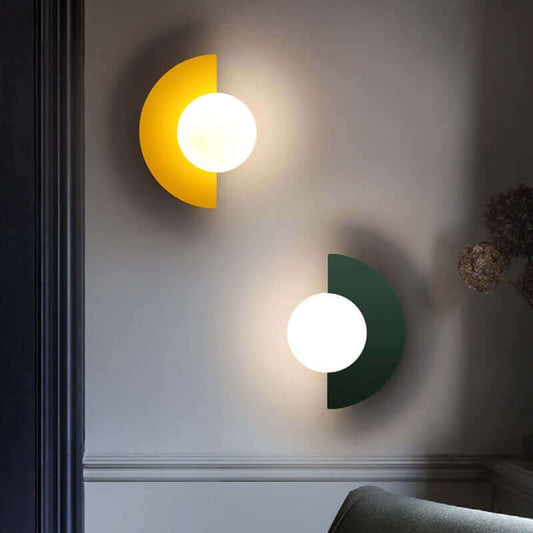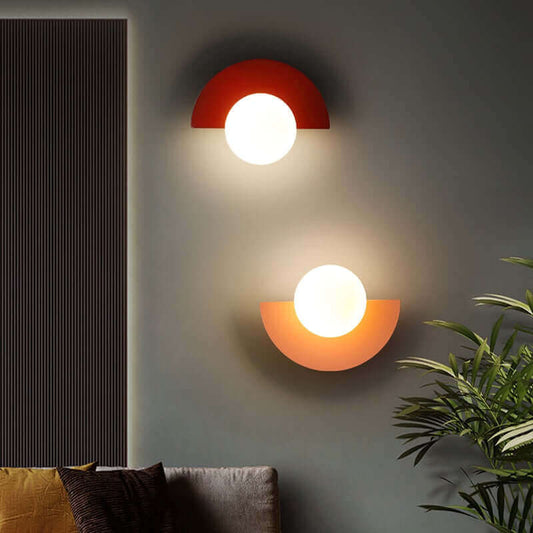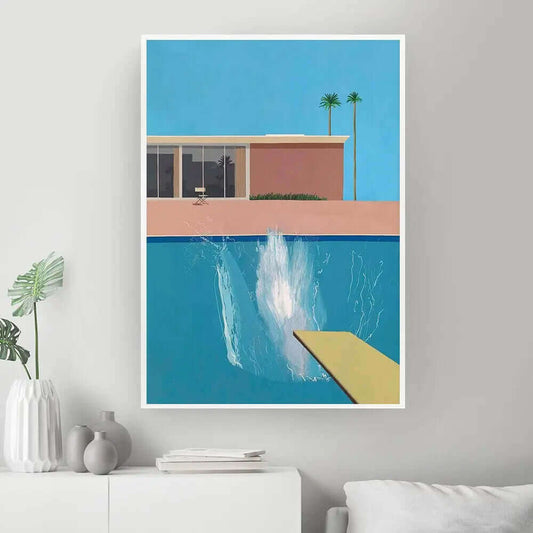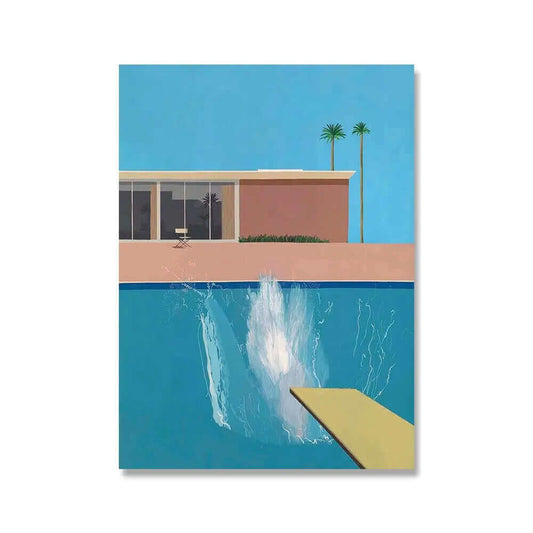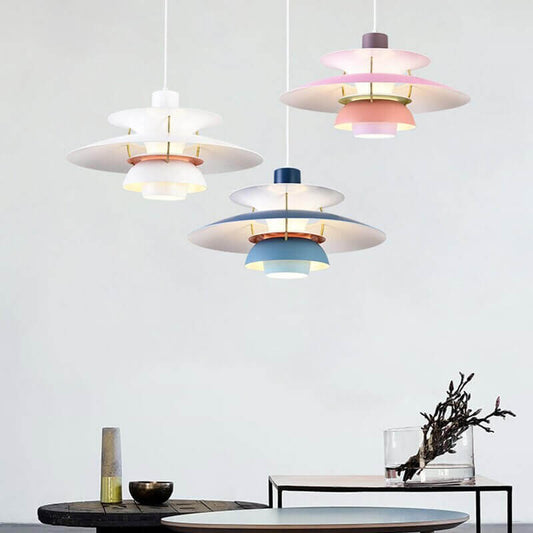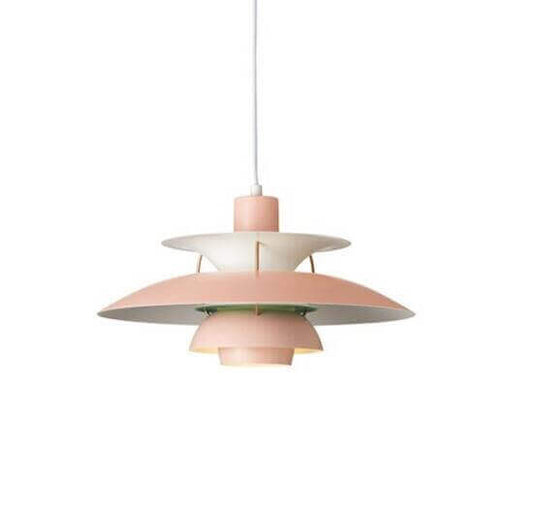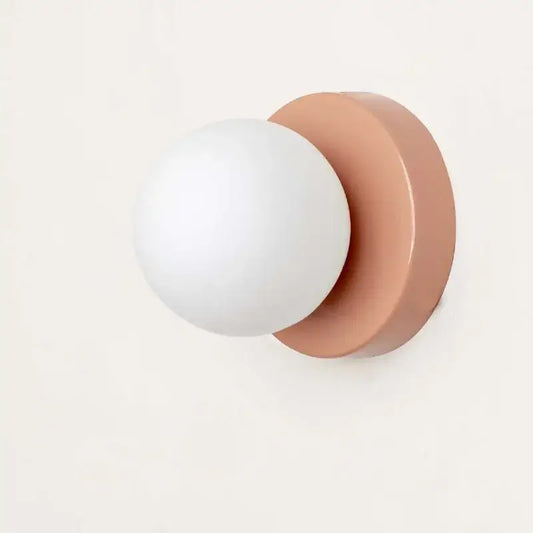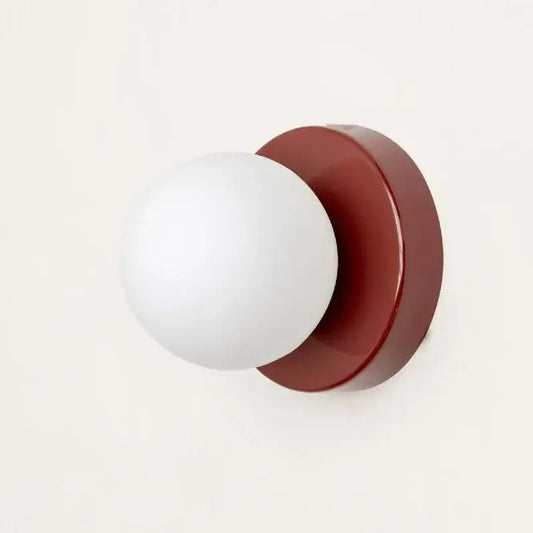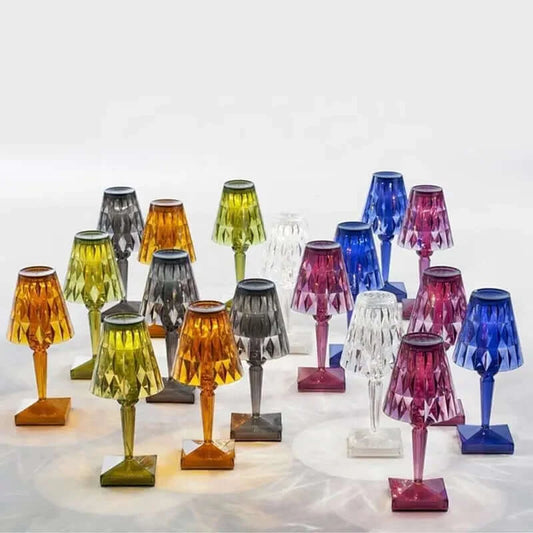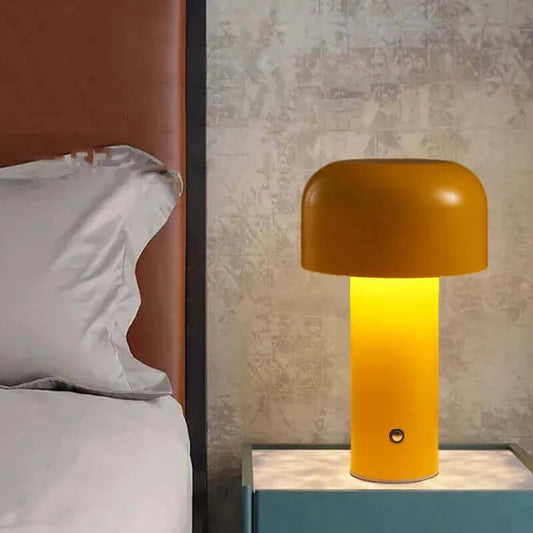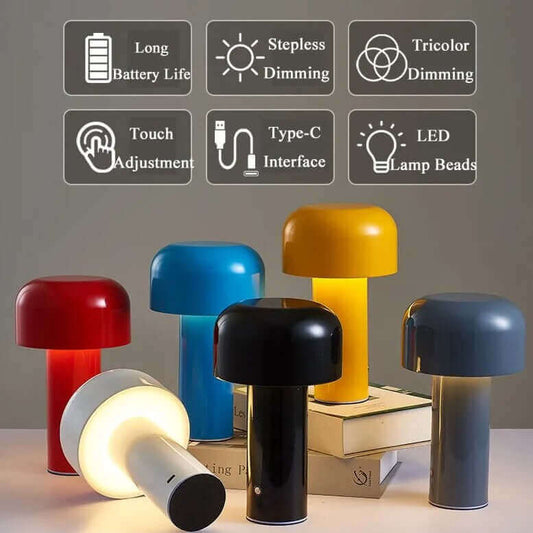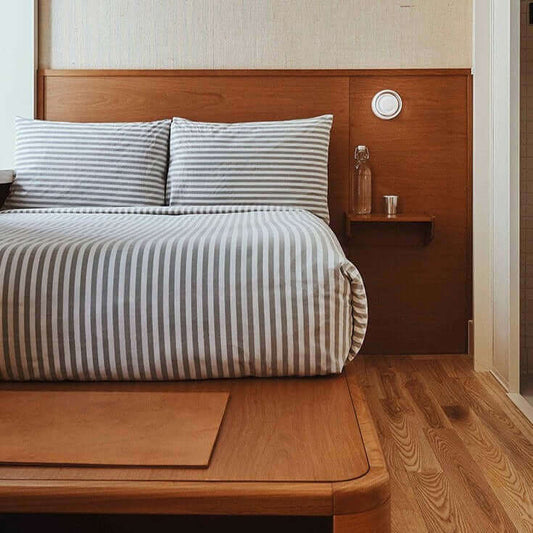In the world of interior design, the concept of 'flow' is as crucial as any aesthetic element. A well-designed room layout facilitates seamless movement, promotes functionality, and contributes to the overall ambiance of the space. This article explores the significance of good flow and how it can transform everyday living spaces.
Principles of Effective Layout
The foundation of a great room layout lies in understanding and applying basic design principles:
- Balance and Symmetry: These principles ensure that the space doesn't feel too cluttered or lopsided, creating a sense of harmony.
- Focal Points: Every room should have a focal point, whether it's a piece of art, a beautiful piece of furniture, or a fireplace, to draw the eye and anchor the space.
- Scale and Proportion: Understanding the scale of furniture and how it relates to the room size is essential for creating a balanced space.
Room-Specific Strategies
Each room in a home serves a different purpose and thus requires a unique approach to layout:
- Living Rooms: Should be arranged to foster conversation and social interaction, with a clear path for movement.
- Bedrooms: The layout should promote relaxation. The bed should be the focal point with minimal clutter around walking areas.
- Kitchens: Functional layouts with an efficient work triangle (the space between the sink, refrigerator, and stove) are key.
Furniture Selection and Placement
The right furniture and its placement are paramount in creating a good flow:
- Selecting Size: Furniture should be proportional to the room. Overly large pieces can make a room feel cramped.
- Arrangement: Furniture should be arranged to create clear pathways. In living areas, furniture should facilitate easy conversation.
Overcoming Layout Challenges
Every space has its unique challenges. Here are some solutions:
- Narrow Rooms: Use furniture that is scaled to the room size and try placing it at an angle to break up the long lines of the room.
- Open-Plan Spaces: Define different areas with rugs or furniture groupings to create distinct zones within the larger area.
The impact of a well-thought-out layout on the functionality and aesthetic appeal of a room is profound. By balancing the principles of design with practical considerations of everyday use, one can create spaces that are not only beautiful but also highly functional. Whether you're working with a cozy bedroom or a spacious open-plan living area, the key lies in understanding and applying these layout strategies to enhance flow, ultimately transforming your living spaces into harmonious and efficient environments.



